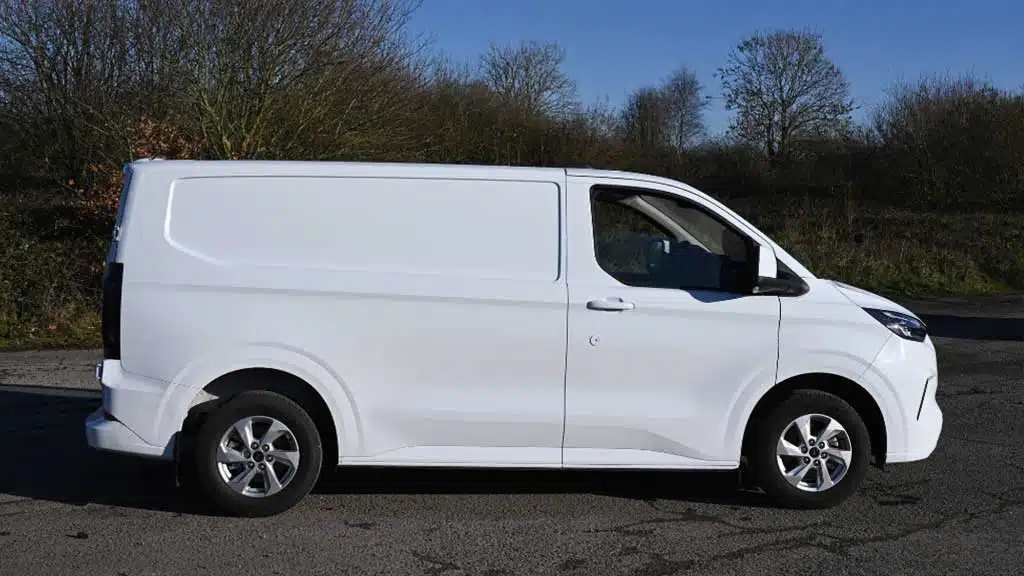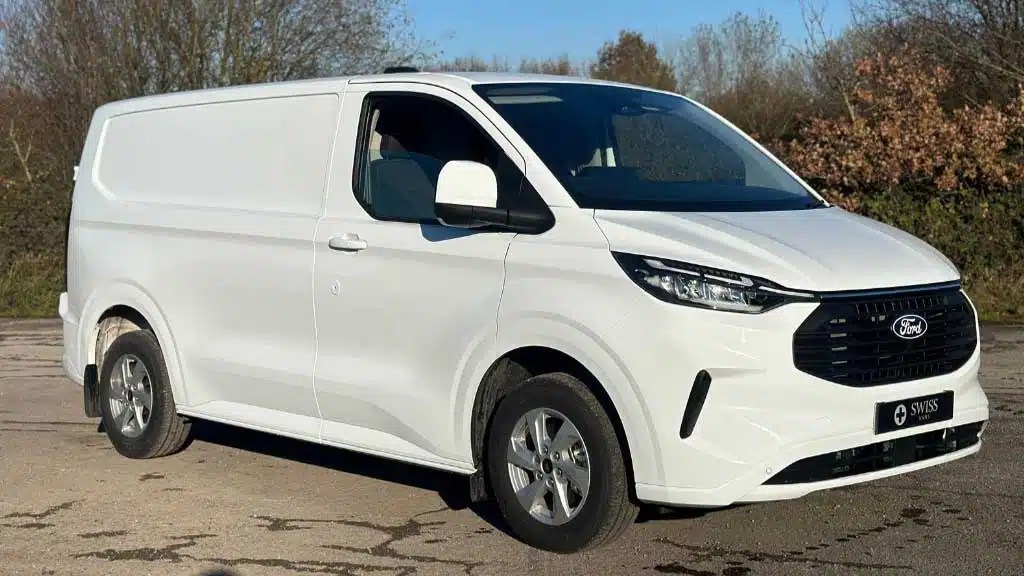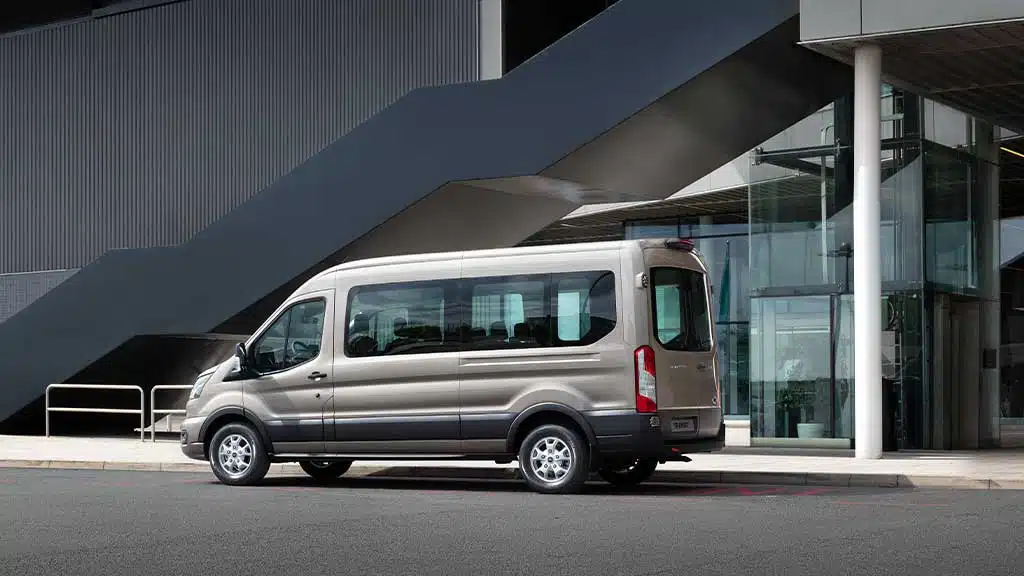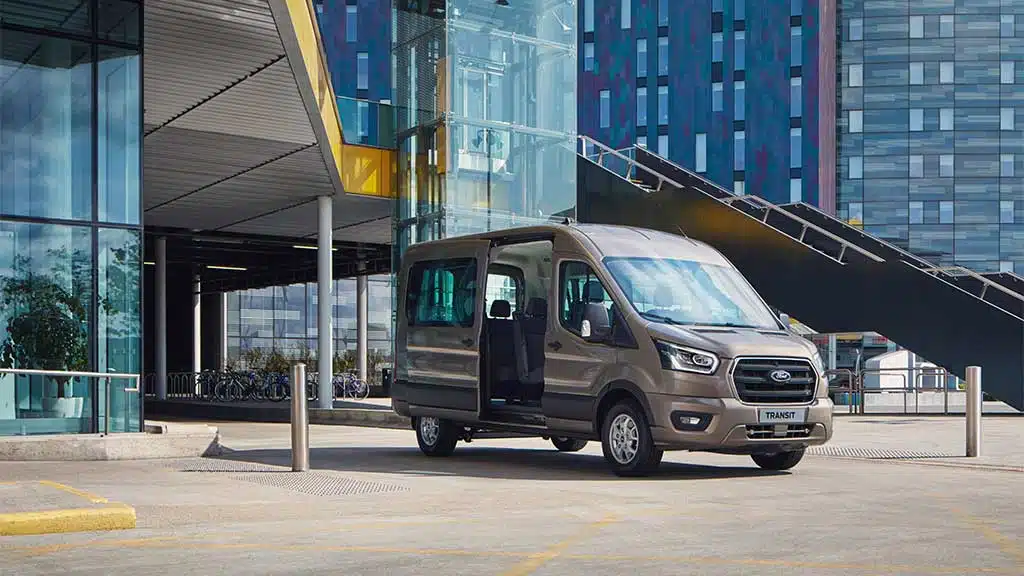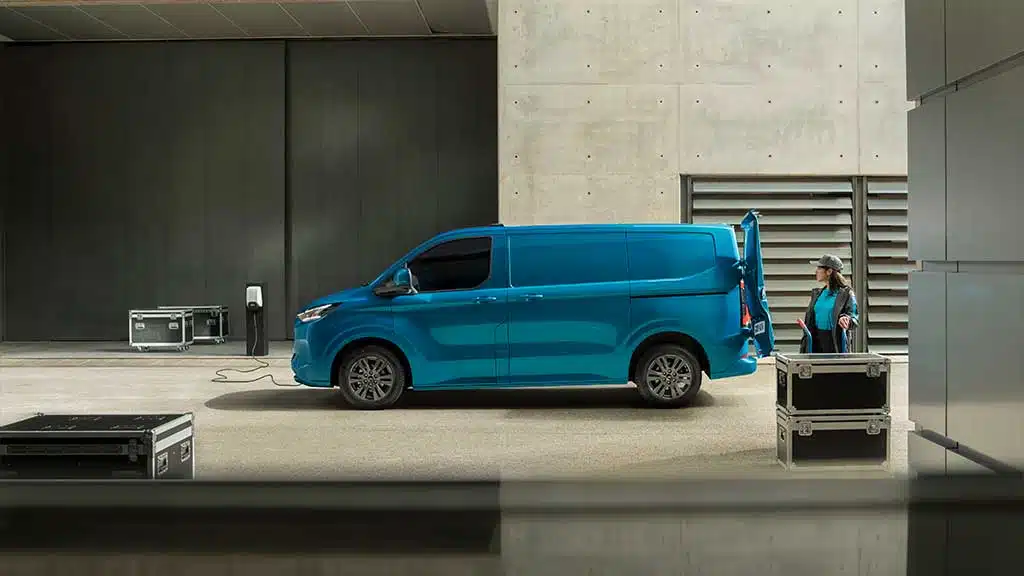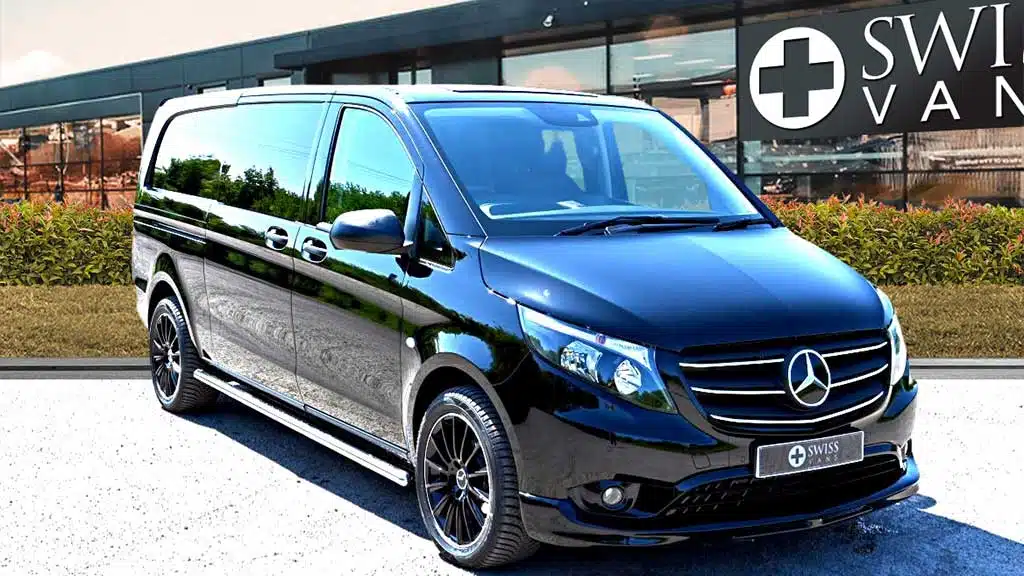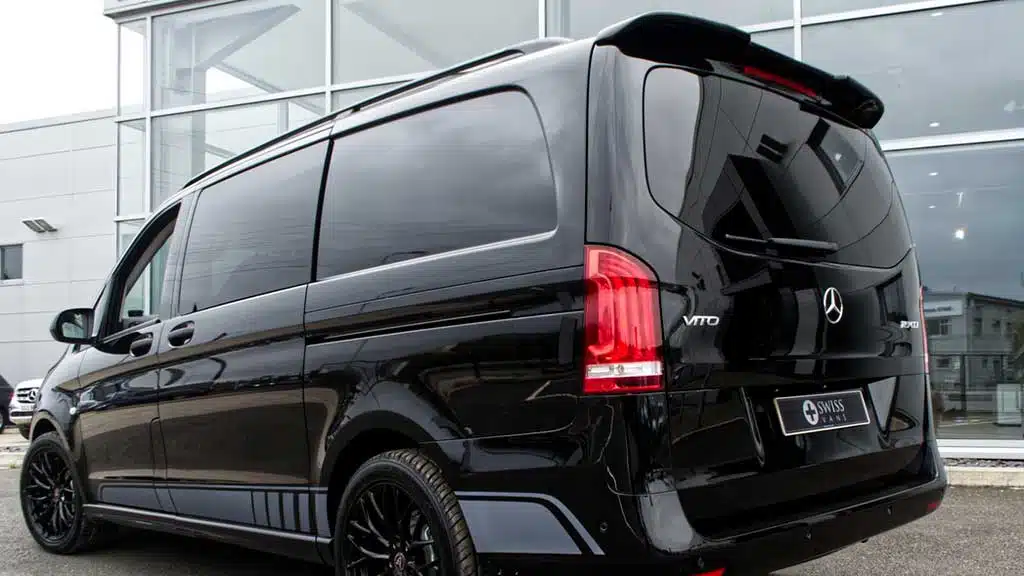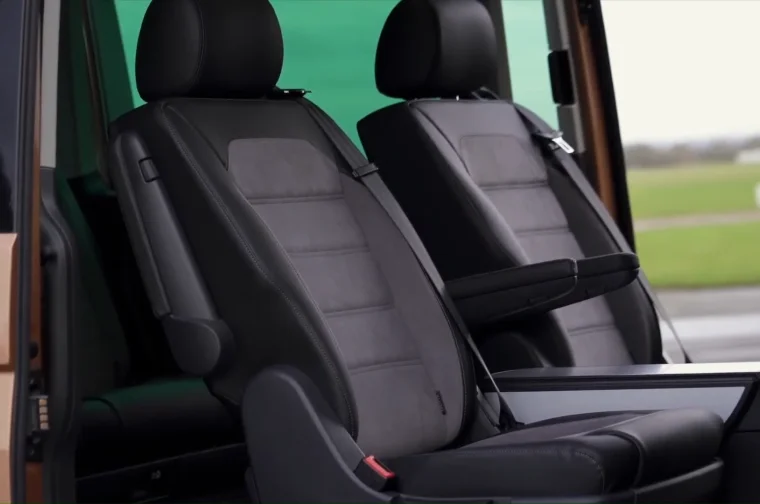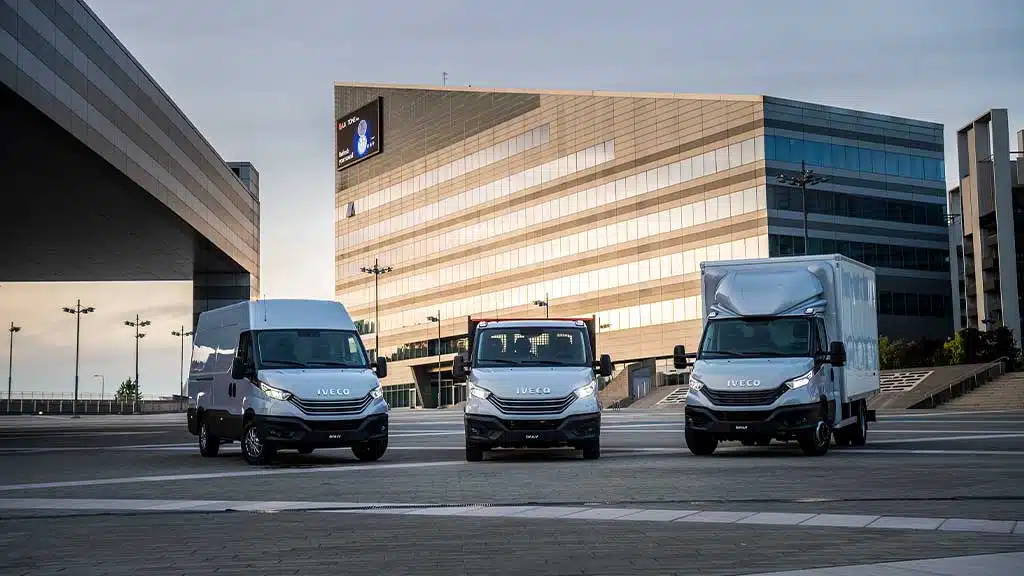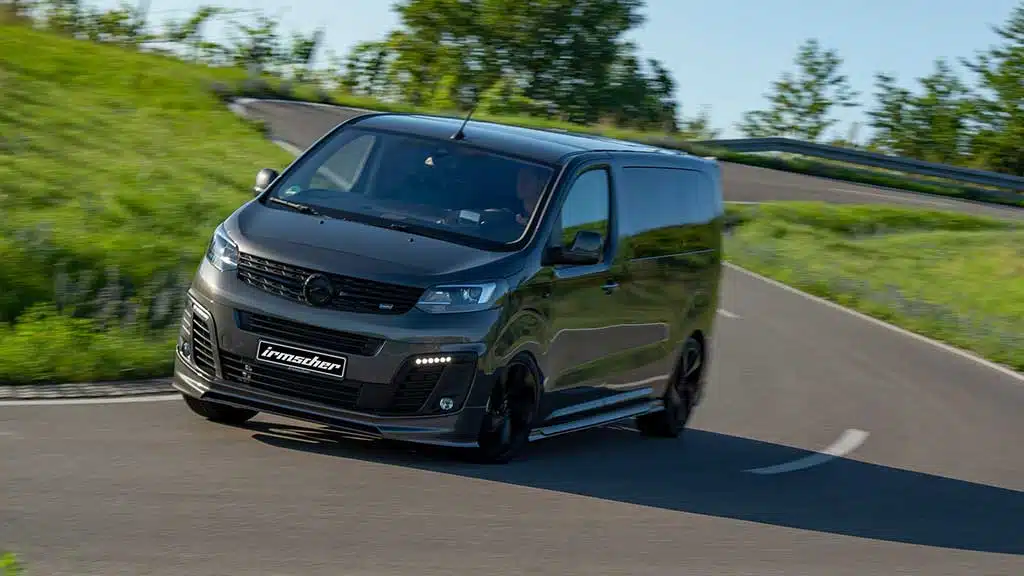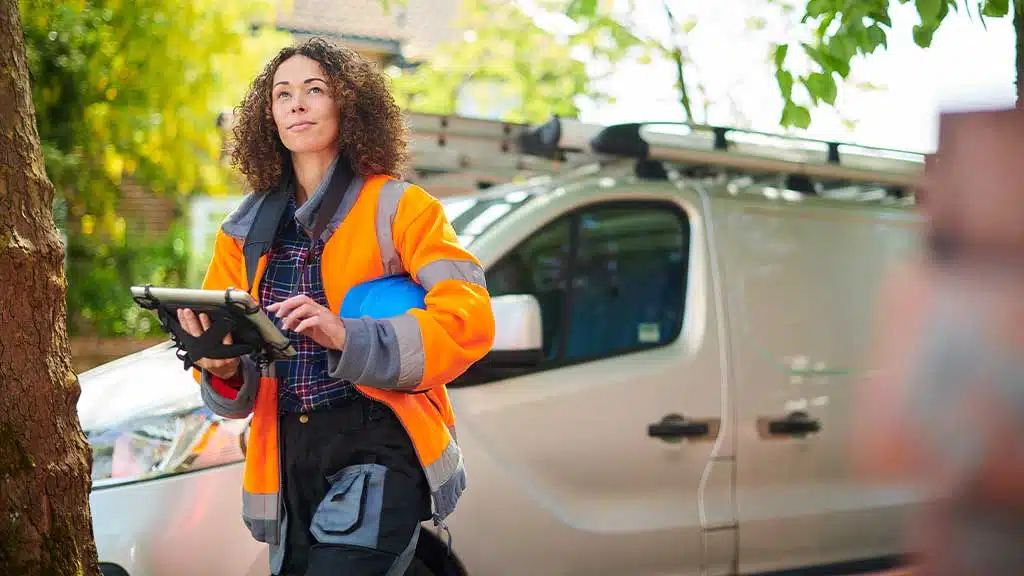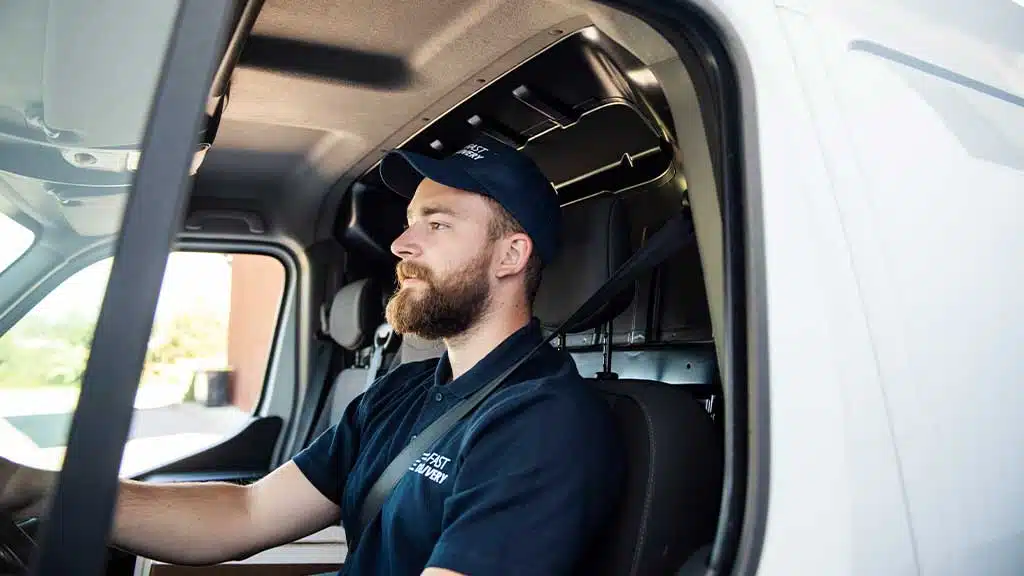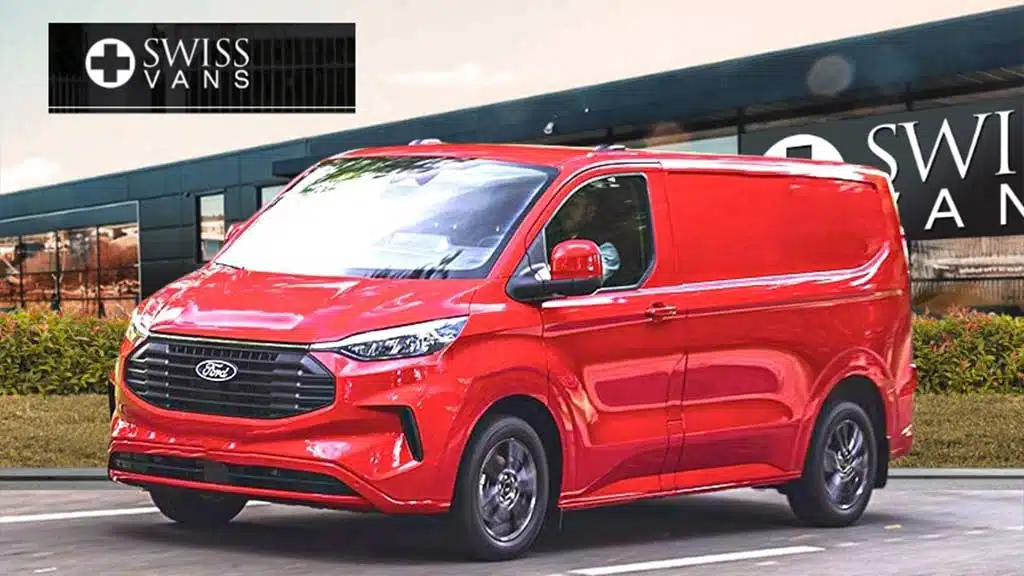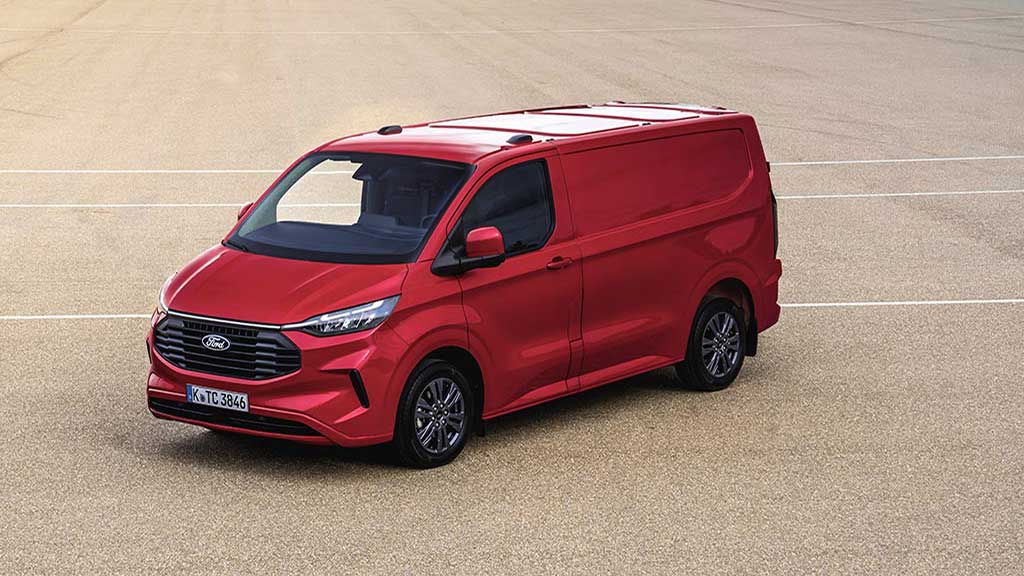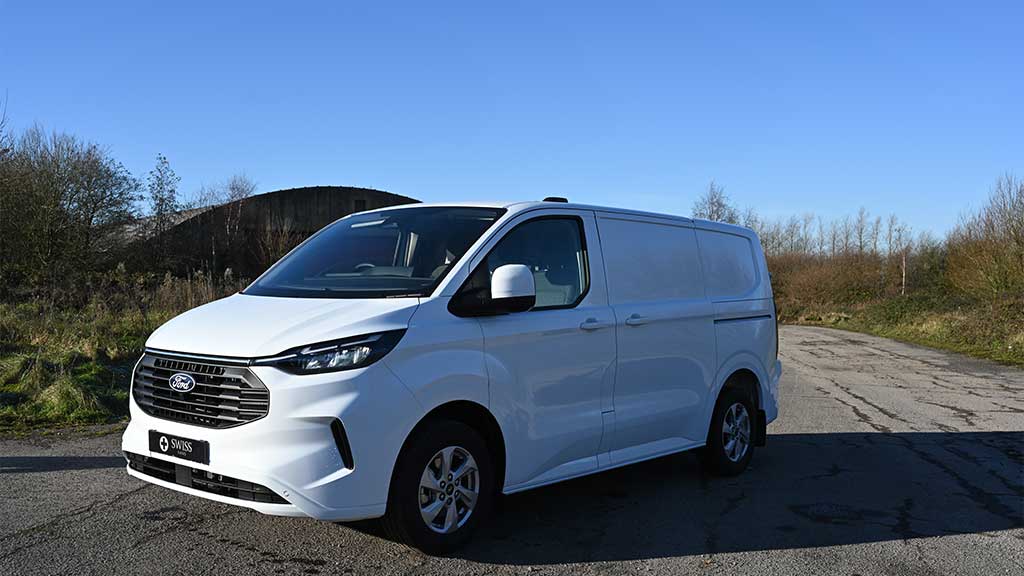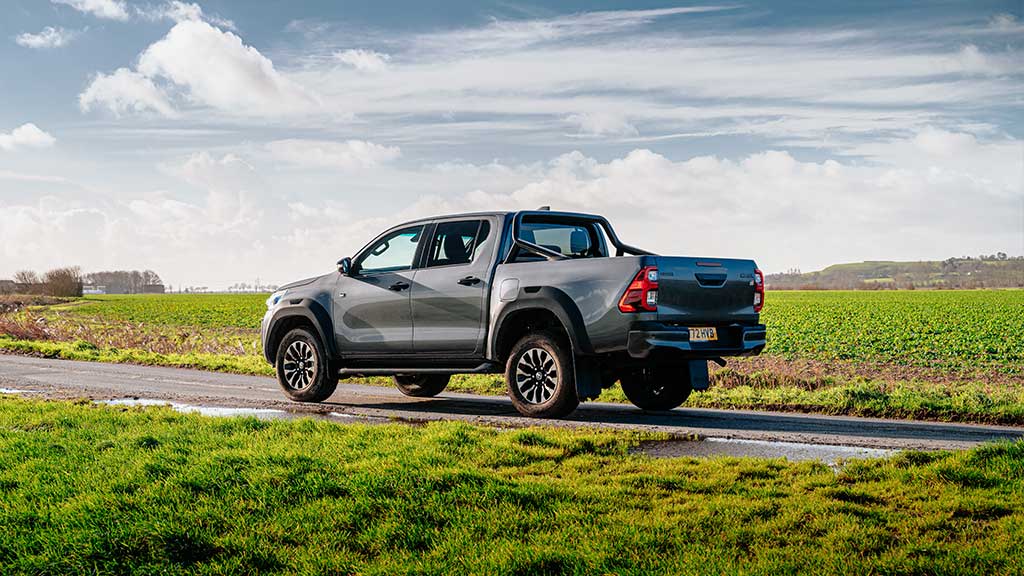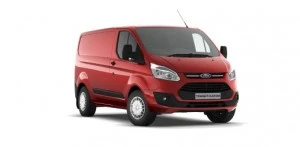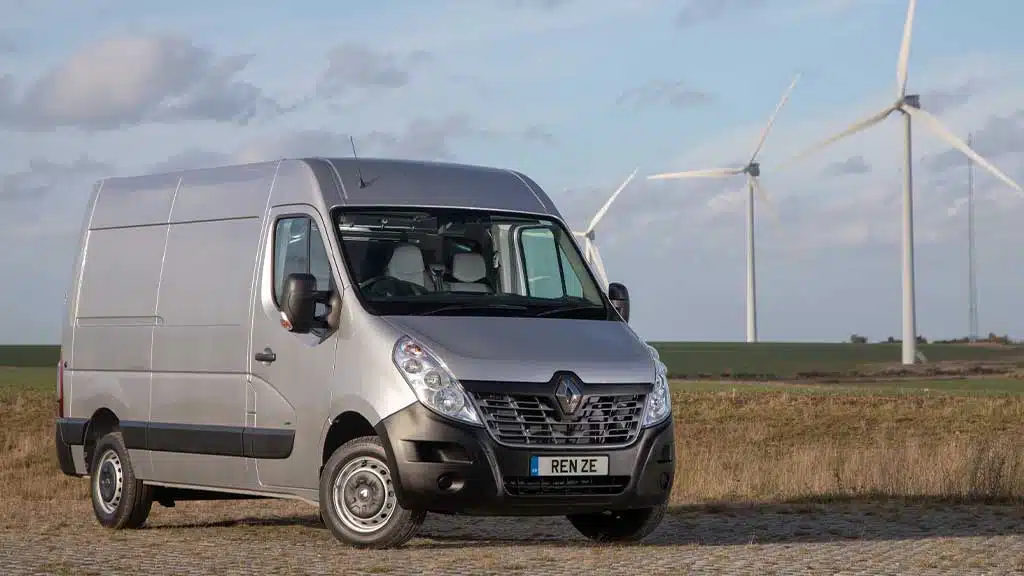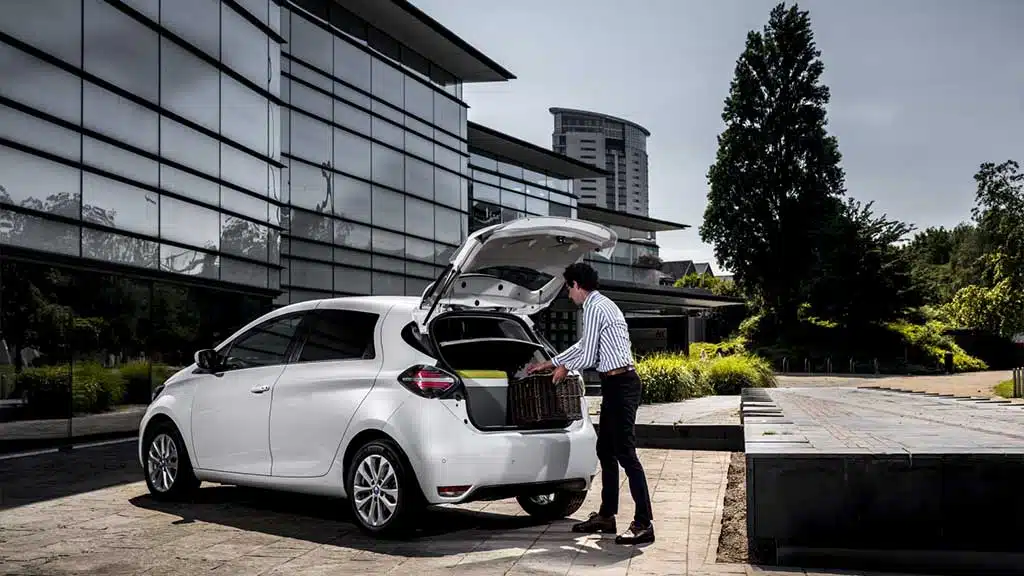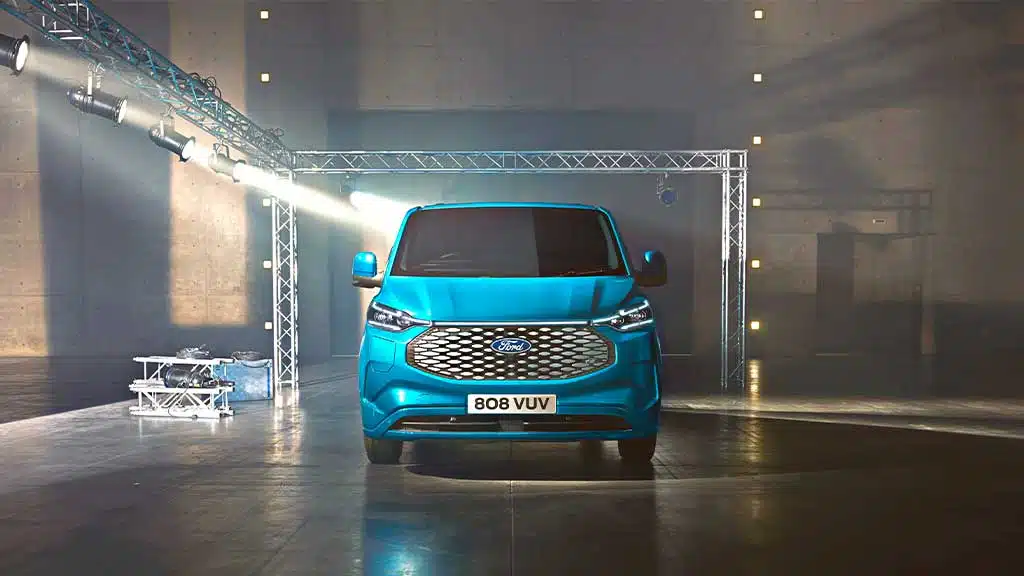The US Postal Service (USPS) revealed that it established contracts with Ford to purchase 9,250 electric vehicles to expand its fleet. The agency also intends to order 14,000 charging stations to be installed in at postal services facilities across the country.
The competitive contract is part of the USPS’s plan to allocate roughly $10 billion in updating its mail delivery fleet. However, it is still unclear how much the exact price is for the Ford EVs.
Electrifying postal service delivery
The US Postal Service stated that it awarded a contract to Ford Motor Co., one of the leading vehicle manufacturing companies. The deal is for 9,250 left-hand drive (LHD), battery-powered electric vehicles or BEVs. In addition, the agency also established contracts with three suppliers for over 14,000 EV charging stations to power up the BEVs.
The agency’s decision is in line with its vehicle electrification strategy, which was announced in December 2022. In this plan, the USPS is set to purchase over 66,000 EVs by 2028 to improve its next- generation fleet.
Before this decision, the USPS originally intended to buy mostly gas-powered vehicles (90%) for its next-generation fleet, and only 10% are supposed to be battery-operated EVs. The previous plan, which was bared in 2021, faced serious backlash, especially from concerned environmental groups.
To allay public worries, the postal service decided to increase the number of electric-powered units it will acquire by up to 40%. It was a also the response to the heavy criticism and lawsuits from 16 different states that were filed to foil the purchase.
The USPS will spend an estimate of about $9.6 billion to complete its vehicle acquisition strategy through 2028. The modern EVs and gas-powered vehicles will replace legacy trucks, some of which have been serving as USPS delivery vehicles for 30 years. These old models lack some safety equipment like airbags and have faulty or missing air conditioning units.
A look into the electrification plan
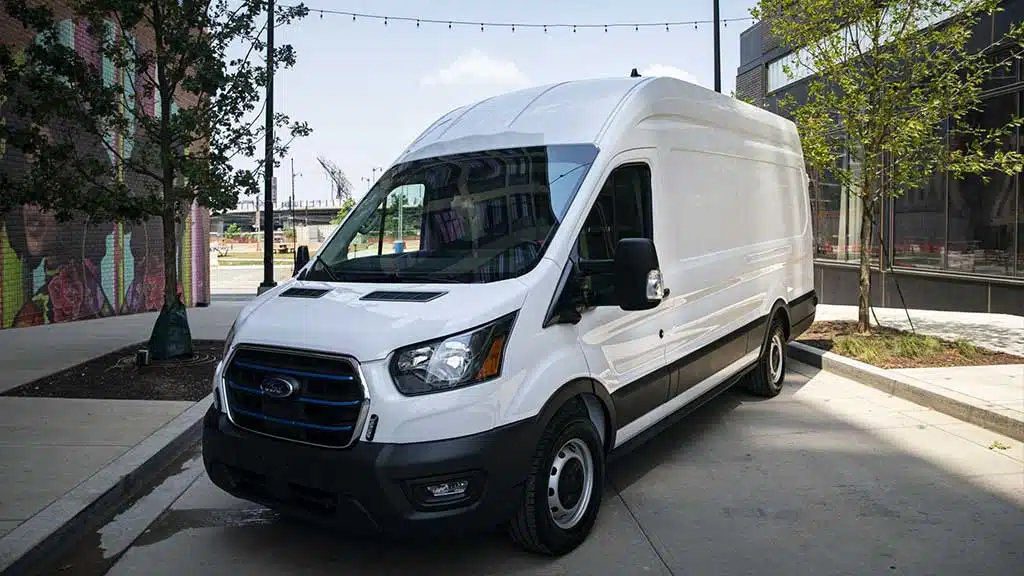
In August, the US Congress granted the USPS a $3-billion fund from the Inflation Reduction Act or IRA. This investment is a part of the government-wide plan to acquire electric vehicles and suitable charging infrastructure. This $430 billion strategy is referred to as the climate bill, which aims to curb environmental degradation caused by excessive carbon emissions.
Of the 66,000 EVs to be acquired, 45,000 Next Generation Delivery Vehicles or NGDVs) are set to be manufactured by Oshkosh Corporation, a developer of fully electric vehicles. The postal service also plans to include 21,000 commercial ready-for-use EVs. As of press time, around 44% of the commercial vehicles are Ford’s top-quality and best-selling E-Transit cargo van.
The 9,250 Ford e-vehicle acquisition is a crucial portion of the the NGDV project. It’s one of the first steps on the long journey to electrification. The manufacturer will also play a vital role in providing Oshkosh with engines and other automotive components needed to build the NGDVs.
The delivery of the new E-Transit BEVs is expected to commence in December 2023. The units will be manufactured in Kansas City, Missouri. These domestically produced units make up a portion of the 21,000 commercial off-the-shelf (COTS) vehicles to update the USPS mail delivery fleet.
Still, the agency needs to complete various actions like the Supplemental Environmental Statement to see the NGDV project trough. The December 2023 target delivery will also depend on the successful issuance of the USPS’s Record of Decision, which is in accordance with the National Environmental Policy Act.
As an independent federal agency, the postal service is not included in the executive order mandating government offices to acquire emission-free light-duty vehicles by 2027. This directive was signed by President Joe Biden in December 2021.
Transforming the oldest federal fleet in the US
The USPS mail delivery fleet is the largest and oldest among all the federal agencies. The postal service reiterated its commitment to ensuring the completion of the e-vehicle roll-out. It thoroughly assessed its financial position and build-out capacity to handle this huge undertaking. As a result, the agency anticipates an overall delivery vehicle acquisition of 106,000 units by 2028.

Postmaster General Louis DeJoy stated that the revolutionary vehicle electrification strategy is an initiative to reduce costs and mitigate risks of deployment. He went on to thank members of Congress and Administration officials for assisting their agency in realizing the plan. The support pertains to the funds and investments provided by the government to purchase brand-new delivery vehicles.
DeJoy highlighted the vehicle fleet electrification as a vital component of boosting the USPS’s brand of service. This plan can help greatly reduce costs and increase revenue, as well as provide a better working environment for over 500,000 employees.
While the postal service awaits the delivery of the BEVs, it will purchase an additional 9,250 COTS internal combustion engine units to boost the mail delivery fleet. The vehicles will come from Chrysler-parent company Stellantis. USPS will buy the latest models of Ram ProMaster vans (2023 and 2024 versions) to meet the serious need for new vehicles.
The contracts established with Ford and Stellantis amounted to $1.027 billion as revealed by USPS. However, it is unclear how much each manufacturer will receive based on their corresponding agreements.
Installing charging stations
The USPS also awarded contracts for several suppliers that will take charge of the charging stations. The competitive deals include the installation of 14,000 BEV charging ports across the country. A total of $260 million is allocated for this purchase.
The three suppliers that were given competitive contracts are Siemens, Blink Charging, and Rexel USA. The latter is a unit of the global electrical distributor Rexel Group. The order to deploy these facilities is a nod to the climate bill, which dictates the establishment of charging infrastructure along with the acquisition of e-vehicles.
Although the agency still has not released exact sites where the E-Transits will be deployed, it stated that the charges will be stationed in at least 75 postal service locations. However, the USPS mentioned that the route characteristics and other mission-suitable considerations will be evaluated to select the best places to build the infrastructure.
This big-ticket purchase ushers in the establishment of the Electrical Vehicle Supply Equipment or EVSE inventory. This ongoing process assesses the hardware and software requirements for the charging stations. It aims to identify the needed components to support the electrification strategy, which will allow the BEVs to operate without hiccups.
Environmental groups speak up
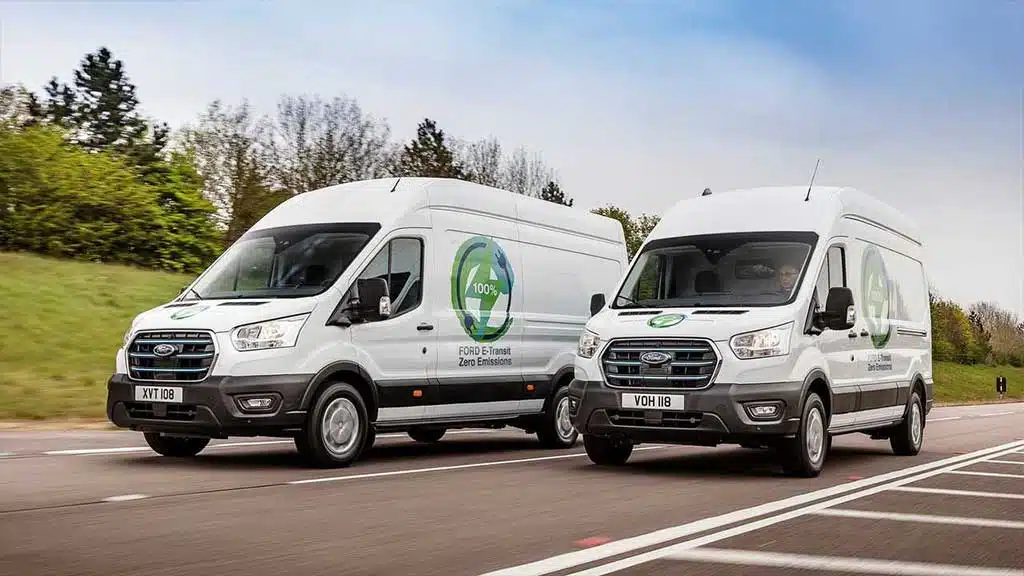
Earthjustice, a renowned environmental group, commented that the postal service did a good job of choosing Ford E-Transit for its fleet. However, it also noted that the agency should have conducted a more thorough environmental review for the gas-powered vehicles it is planning to purchase. The group believes that these mail trucks will likely pollute communities serviced by USPS for decades.
Various environmental groups and sixteen states filed lawsuits against the USPS plan to replace its old fleet with gas-powered vehicles. The agency was criticized for disregarding environmental review standards and buying fuel-burning vehicles rather than battery electric vehicles.
The lawsuits cited that the postal service violated the National Environment Policy Act with its earlier environmental review. Clean Air Now and other organizations also spoke up regarding the issue, stating that the agency failed to perform a proper environmental evaluation before finalizing its first few orders.
However, the USPS responded by stating that it conducted thorough reviews and is compliant with government regulations. Kim Frum, a USPS senior PR representative, stated that the postal service is pulling all efforts to provide fiscally prudent decisions in buying new delivery vehicles.
This earlier statement by the agency in the first half of 2022 spurred the electrification strategy. Today, the increased number of EVs it anticipates acquiring will allow the USPS to demonstrate its support for the federal government’s eco-friendly goals. It is a part of the bigger, worldwide initiative to reach net zero carbon emissions to stop the harsh effects of climate change.
About the Ford E-Transit
The USPS is well on its way to providing mail service using the Ford E-Transit vehicles. This model is one of the manufacturer’s two all-electric vehicles for commercial purposes. It is a cargo van type that is available in eight configurations, which includes a variety of roof heights, chassis cab versions, body lengths, and more.
What makes it a great choice as delivery trucks is the easily customizable form of the vehicle. It can accommodate various modifications to improve equipment and storage solutions. Additionally, it can handle work-ready accessories to make servicing an easier task for USPS employees.
The E-Transit BEV has a targeted range of about 126 miles for its low-roof configuration. It meets the US average daily range of 74 miles for commercial vans. Among the benefits to reap when purchasing this model is the component warranty that makes the initial investment worthwhile.
Ford supports the net zero initiative and sets its goal of achieving carbon neutrality by 2050 across the globe. It is currently the only full-line American manufacturer that works to reduce carbon dioxide emissions according to the Paris Climate Agreement. It also works with the government of California to implement better vehicle greenhouse gas standards.



